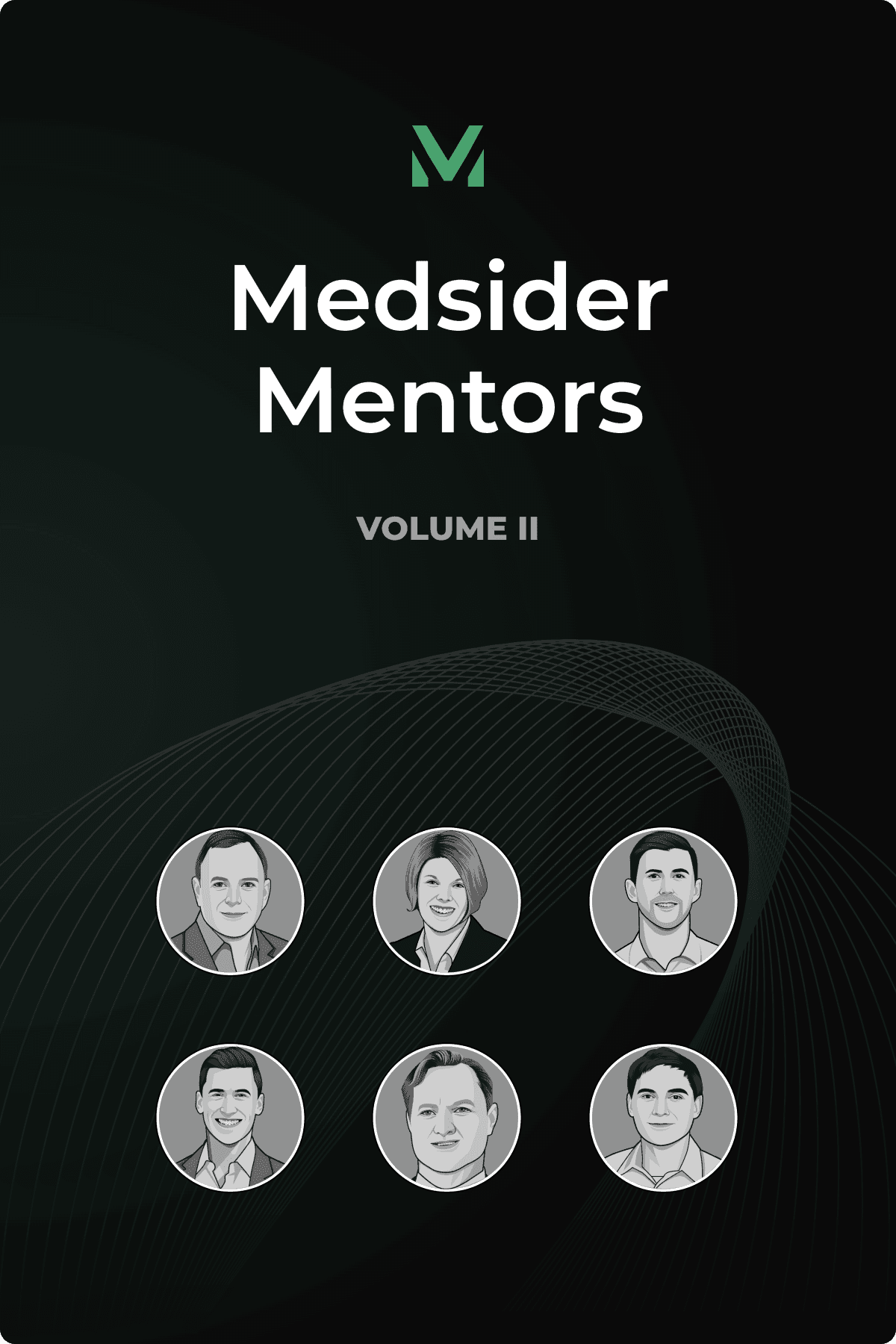Shaping the Future of Mental Health
Interview with Magnus Medical Co-Founder Brett Wingeier

Brett Wingeier, PhD, is a biomedical engineer whose career path follows a fascinating intersection of medicine, biology, and engineering. Throughout the years, Brett has honed his skills and knowledge in these areas, with a special interest in neuromodulation. This interest led him to earn his Bachelor of Science and PhD in Biomedical Engineering from Tulane University.
Right out of grad school, Brett became a part of the first wave of employees at a startup, NeuroPace. They spent years developing a groundbreaking product – the world's first responsive implantable neurostimulator for epilepsy, which received FDA approval in 2013. The device both monitors the brain for potential seizures and provides stimulation to prevent them from occurring.
This project gave Brett invaluable experience as he went on to co-found Halo Neuroscience in 2013, where he served as Chief Technology Officer (CTO) and later CEO. At Halo, he built teams responsible for hardware and software development, led the company's applied neuroscience research program, managed IP and regulatory affairs, and more. Halo successfully commercialized non-invasive electrical brain stimulation devices with its Halo Sport, the world's first consumer neurostimulation headset for movement training.
Understanding the brain and addressing mental health issues has been a tough nut to crack, even with our current technological advancements. This challenge, coupled with the enormous need for better treatments for mental health, became the fuel that propelled Brett's journey to become the co-founder and CTO of Magnus Medical.
The founding team recognized the need for a solid dose of biology and science to effectively treat mental disorders. Their goal was to develop a groundbreaking new treatment for depression, and they did. The SAINT™ Neuromodulation System, an FDA-cleared treatment for treatment-resistant depression, stimulates specific networks in the brain in a personalized manner to treat depression symptoms effectively. Brett and his team at Magnus are striving to create a field of interventional psychiatry that will change how we perceive and treat mental health.
Key Learnings From Brett’s Experience
You need to understand the system you’re working with and aim for a significant effect size in your clinical trials.
When developing new technologies, try to balance consumer and provider perspectives to ensure a smoother path toward regulatory approval.
Your product has to make financial sense to raise capital and ensure reimbursement. Once you prove the business model, you’ll enjoy greater opportunities in follow-up financing rounds.
You May Like These Articles
Medsider Premium
Become a premium member and unlock access to exclusive Medsider benefits.



